What Holds Society Together? Ibn Khaldun, Durkheim, Gellner and Beyond
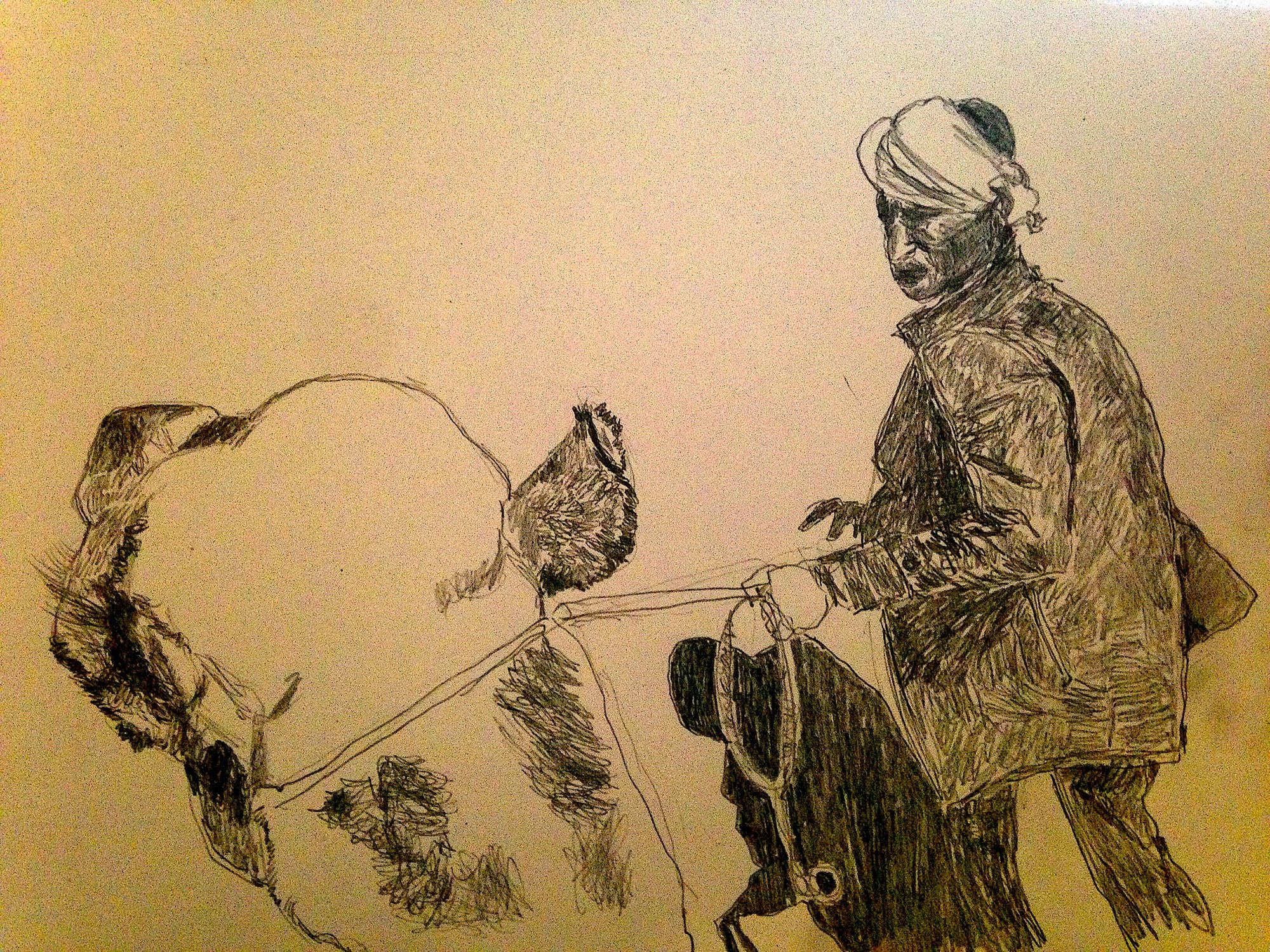
By Siniša Malešević
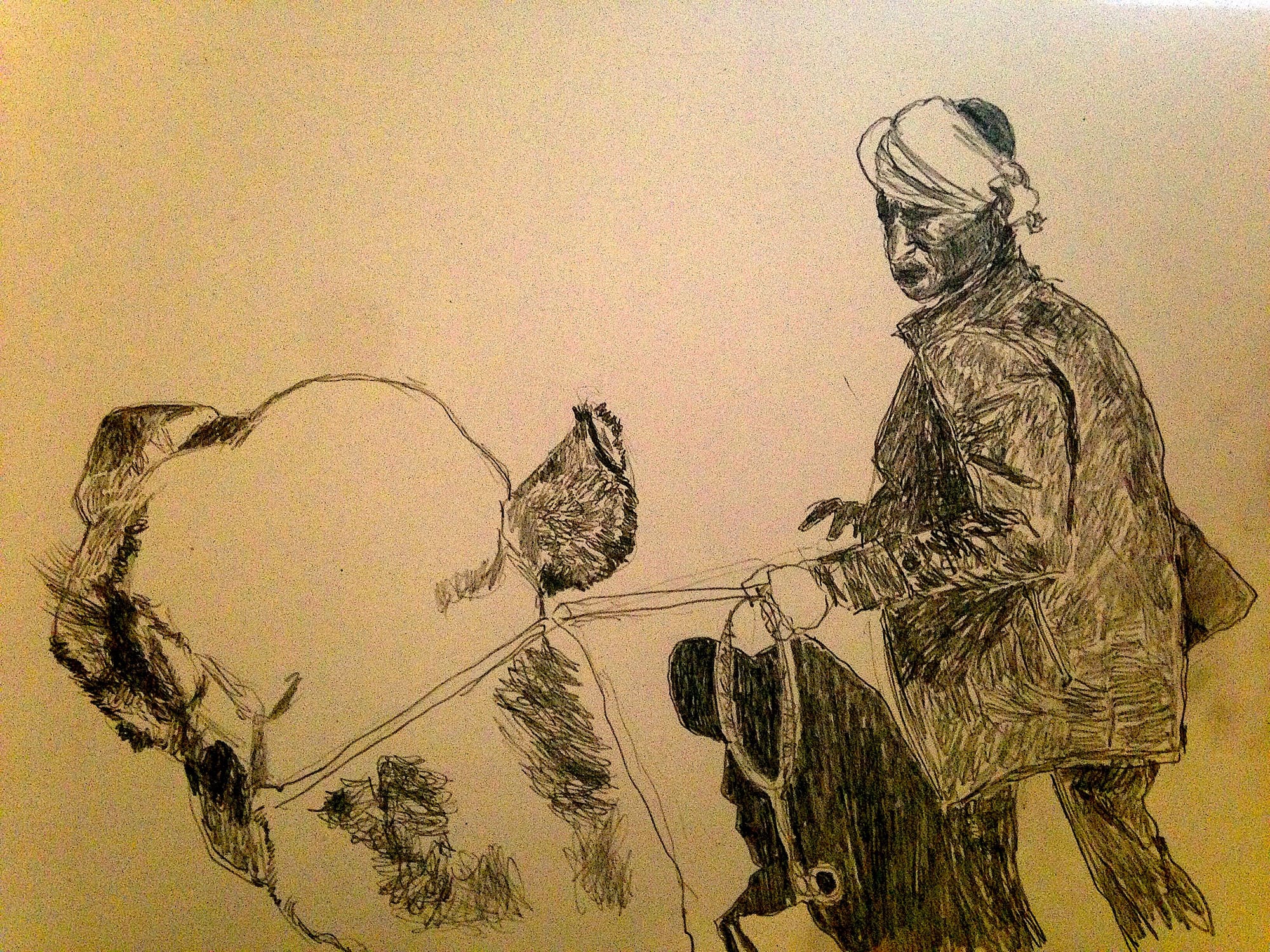
Since the time of Mozi and Aristotle philosophers have focused on the key virtues that sustain functional social order. Both of these philosophers espoused a vision of society where superior ethical principles would bring about social stability – Mosi’s doctrine of impartial care anticipated in part Bentham and Mill aiming to ‘bring the greatest benefit to the largest number of people’ while Aristotle’s golden mean was an ethical standard around which one could create and run a truly moral and thus cohesive society.
However, these early philosophers could not explain how social cohesion develops and why some societies exist for centuries, while others crumble quickly. Ibn Khaldun was probably the first social thinker that developed a comprehensive theory of social cohesion. This 14th century proto sociologist advanced a cyclical theory of history where the focus was on the rise and fall of civilizations. For Ibn Khaldun civilisational development is premised on the interdependency of urban life that produces knowledge, skills and economic prosperity and the tribal culture epitomised by ascetic warriors who possess a coercive power and group solidarity both of which are indispensable for protection and expansion of civilizations. Hence the rise of civilisations entails military capacity that is rooted in asabiyyah (strong group feeling) of frugal lifestyles of warriors who create safe space for the urban dwellers to generate economic wealth and cultural advancement. However, in Ibn Khaldun’s view all civilisations contain seeds of their own destruction: once civilisations advance and expand, they generate opulence that corrodes the social order. Once ascetic warriors settle in the prosperous cities, they gradually become corrupted by the luxuries of sedentary life. The spread of greed undermines the backbone of their military might – the intense ties of micro-level solidarity. As their social bonds evaporate, they are ultimately defeated and replaced by another more ascetic, and cohesive, tribe thus bringing about the decline of one civilisation and rise of another. Thus, in the Khaldunian theory of social change the key ingredient of social cohesion is asabiyyah – group solidarity built and preserved in the hardships of ascetic and life-threatening conditions of constant warfare.
This idea that group solidarity is at the heart of social order was later reinvented by Emile Durkheim who was puzzled by the same question as Ibn Khaldun: What holds society together? However, unlike Ibn Khaldun Durkheim differentiates between two principal forms of solidarity: social orders are held together either through shared cultural homogeneity (mechanical solidarity) or through the functional interdependence of its constituent parts (organic solidarity). In this evolutionary understanding traditional, mostly small-scale societies, attain and maintain social cohesion through shared values where members resemble each other: living in a same village, clan, tribe and participating in the same daily activities and rituals fosters a sense of being similar and unified entity. In direct contrast modern societies are built on complex relationships between very different individuals with distinct origins, interests, and values. Hence to achieve a society-wide cohesion it is necessary to provide a new type of social glue. For Durkheim, this new social adhesive is to be found in the complex division of labour that generates an environment of mutual interdependence: a social order exists because individuals are dependent on each other. A complex modern society cannot function without variety of professions and social roles: everybody needs a doctor, a teacher, a plumber, a builder, and nobody can perform all these social roles at once.
Ernest Gellner draws on both of these thinkers but pushes their arguments further. In Gellner’s view Khaldunian explanation of social change is applicable only to some historical and geographical contexts and does not work in the modern conditions. For Gellner Ibn Khaldun is primarily a sociologist of mechanical solidarity and as such cannot explain the complexities of contemporary world where organic solidarity dominates. Although Gellner is sympathetic to Durkheim’s distinction between the two forms of solidarity he argues that the modern social orders include much more than functional interdependence and the corresponding shared ritualism. Thus, Gellner argues that modernity entails ‘effective internalisation of loyalty’ whereby organic solidarity is not generalised but very particularistic. The two key components of this particularistic form of organic solidarity are the continuous economic growth and nationalism. In other words, for Gellner contemporary societies are held together through collective commitment to prosperity and a shared sense of national identity. Although most sedentary societies favoured a degree of social development it is only in modernity that the economic growth and national identifications of all citizens become a cornerstone of political legitimacy. Whereas the premodern rulers were focused on attaining a support from the fellow aristocrats and were not particularly concerned about the wishes of ordinary commoners in the contemporary world legitimacy is derived from the popular will. While the traditional societies were politically and socially too stratified to engender a common cultural identities and public economic interest the social cohesion of modern social orders rests on the shared sense of common nationhood and a popular commitment to the continuous economic growth.
Gellner is absolutely right that nationalism and economic prosperity are crucial for social cohesion in contemporary societies. Nevertheless, it is less clear that these two social adhesives are product of organic solidarity. Instead, much of recent research in cognitive evolutionary psychology, anthropology, social and critical neuroscience, and micro-sociology indicates that human beings generate and sustain much of their solidarity in the continuous face to face interactions. Robin Dunbar and Randall Collins among many others have shown that humans are creatures best suited for life in the very small communities. Many neuroscientists have demonstrated convincingly that human brain cannot support a large number of social interactions with Dunbar specifying that it is extremely difficult to maintain stable relationships with more than 150 individuals. In addition to these cognitive limitations humans are also emotionally wired for the small-scale social interaction. As Collins shows deep emotional commitments entail psycho-physical interactions between individuals who care about each other: close knit friendships, lifelong comradeships, and immediate family networks.
All of this indicates that it is worth revisiting some of Khaldunian propositions about the micro-level solidarities. The conventional sociological distinction between the pre-modern Gemeinschaft and the modern Gesellschaft , a staple food of Durkheimian and Gellnerian approaches, requires a great deal of re-thinking. There are some universal and transhistorical features of human sociability that shape the character of social cohesion across time and space. Ibn Khaldun was right that the strong group feelings ( asabiyya ) are often forged in the shared social action of small groups and that such intense bonds of micro-solidarity generate cohesive social entities. In his own words: ’leadership exists only through superiority and superiority only through group feeling’. Thus, the elementary unit of social cohesion is in fact the mechanical, not the organic, solidarity. Where modern social orders differ from the traditional communities is in their capacity to integrate and mould thousands of pouches of micro-solidarity into a giant macro level narrative of shared values and common interests. As I show in my books The Rise of Organised Brutality (CUP, 2017) and Grounded Nationalisms (CUP, 2019) it is the rise of organisational and ideological powers that made contemporary social orders capable of transforming small scale group bonds into a social glue that now binds millions of individuals. Gellner is certainly right that a common sense of nationhood and the continuous economic growth generate social cohesion in the modern world, but it was really Ibn Khaldun who helped us understand the social dynamics of solidarity. Thus, to fully explain what holds large-scale societies together one has to focus on the changing character of micro-group bonds.
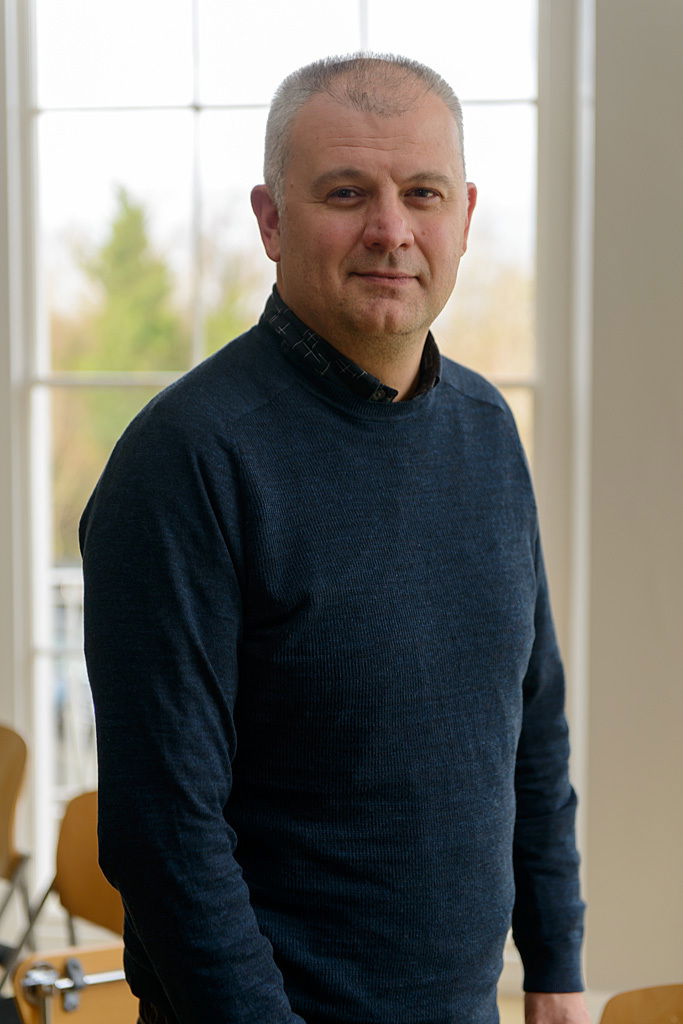
About the Author
Siniša Malešević is a Professor and Chair of Sociology at the University College, Dublin, and Senior Fellow at CNAM, Paris. He is an elected member of Royal Irish Academy and Academia Europaea.

His recent books include Contemporary Sociological Theory (with S. Loyal, Sage 2021),

Grounded Nationalisms: A Sociological Analysis (Cambridge University Press, 2019),
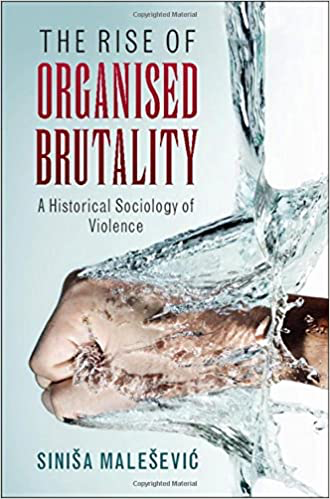
The Rise of Organised Brutality: A Historical Sociology of Violence (Cambridge University Press, 2017)
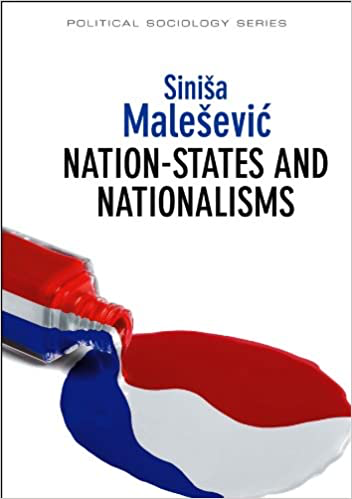
and Nation-States and Nationalisms: Organisation, Ideology and Solidarity (Polity Press 2013). His work has been translated into 13 languages.